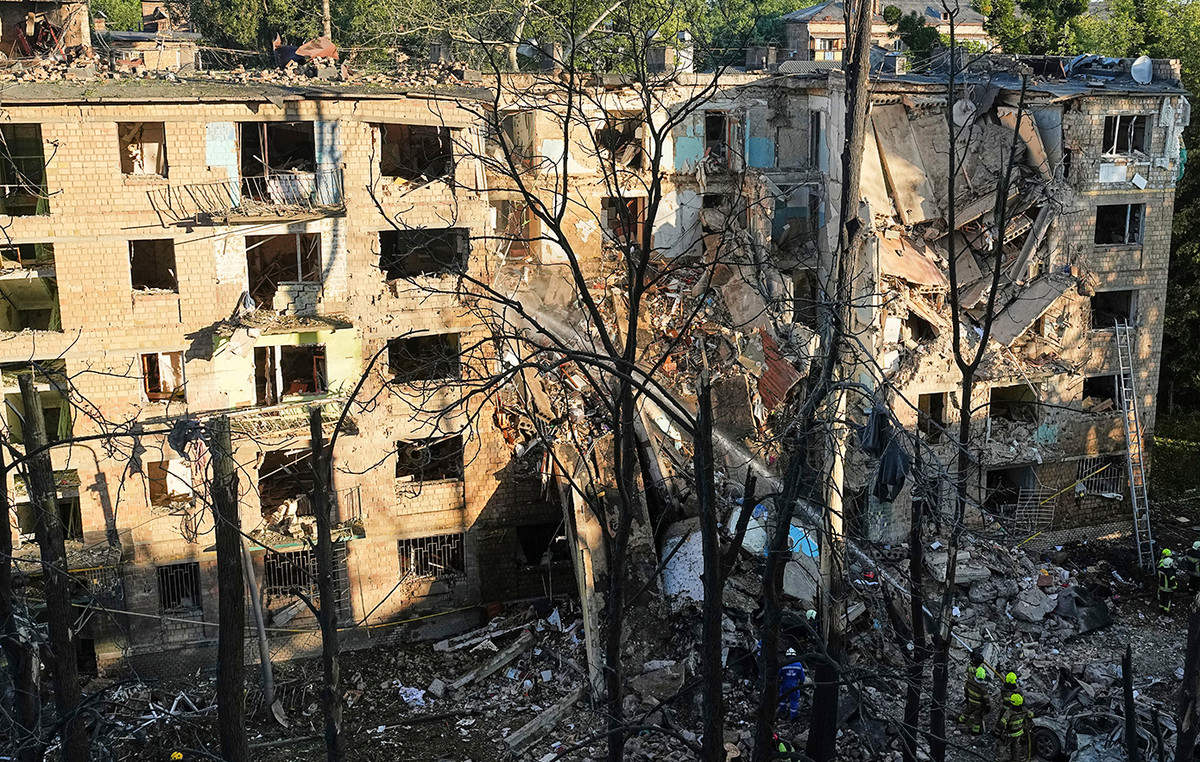O world tuberculosis daycelebrated this Thursday (24), promotes awareness of the disease that affects thousands of people around the world.
In 2021, 68,271 new cases of tuberculosis were recorded in Brazil, according to data from the Ministry of Health released this Thursday. In 2020, there were 68,939 new cases and 4,543 deaths from the disease. In 2019, 4,532 deaths were recorded.
In this Thursday’s edition (24) of the Medical Correspondentfrom Novo Dia, neurosurgeon Fernando Gomes explained the main signs and symptoms of tuberculosis, which mainly affects the lungs.
The infectious and communicable disease is caused by the bacteria Mycobacterium tuberculosis, also known as Koch’s bacillus. The extrapulmonary form, which impacts organs other than the lung, occurs more often in people living with HIV, especially those with immune compromise.
“There is a type of disease manifestation called miliary tuberculosis, which spreads throughout the body. You can even have meningitis caused by the tuberculosis bacillus. The condition can be quite serious, requiring the intervention of several specialties to treat a patient”, explains Gomes.
The main symptoms include coughing for three weeks or more, afternoon fever, night sweats, and weight loss (see picture below).
Difficulty adhering to treatment
Tuberculosis treatment lasts from six months to a year. Therapy is performed with the use of antibiotics, including the drugs rifampicin, isoniazid, pyrazinamide, and ethambutol. One of the main difficulties in fighting the disease is the lack of adherence to treatment. The long duration and rapid improvement results make some patients stop using the medication.
Discontinuity puts health at risk, due to the risks of developing a drug resistant form of the diseaseknown as multidrug-resistant tuberculosis.
Fiocruz outlines an overview of resistant tuberculosis in the pandemic
Researchers from the National School of Public Health of the Oswaldo Cruz Foundation (Fiocruz) published an epidemiological bulletin that addresses an overview of tuberculosis in the country and highlights the challenges in controlling and coping with the disease in the midst of the Covid-19 pandemic. The indicators reveal a reduction in the number of cases of multidrug-resistant tuberculosis diagnosed in 2020 and 2021 compared to 2019.
The document prepared based on data from the Information System for Special Treatments for Tuberculosis (SITETB), analyzes the main indicators among reported cases in the country, in the period between 2019 and 2021, with an emphasis on the social and demographic context involved in illness and management. of drug-resistant tuberculosis in Brazil.
With regard to the pattern of resistance, the bulletin highlights that cases resistant to the antibiotic rifampicin and multidrug-resistant represented the majority among those reported. Although below the recommended, therapeutic success was more frequent in most cases, in both analyzed realities.
Fiocruz warns that, with the arrival of the pandemic, the elimination of tuberculosis as a global public health problem became even more distant, due to the 25% reduction in diagnosis and the 26% increase in mortality from the disease in the world.
Main results of the study
According to the Fiocruz bulletin, between 2019 and 2021, 3,848 cases of resistant tuberculosis were reported in Brazil. With the arrival of the pandemic, in March 2020, a sharp drop was observed in the diagnosis and treatment of cases of the disease in the country, when compared to 2019.
In the period, Rio de Janeiro was the state with the highest proportion of cases (23.4%), followed by São Paulo (16.8%) and Rio Grande do Sul (9.5%). Among Brazilian capitals, the highest proportions were identified in the cities of Rio de Janeiro (14.8%), São Paulo (7%) and Manaus (6%).
Regarding the proportion of reported cases of resistant tuberculosis, according to sex and age group in Brazil in 2019, the indicators reveal a higher proportion in males in all age groups, with a higher concentration among men in the economically active age groups from 30 to 39 years and 40 to 49 years, each corresponding to 15.9%.
Among the cases of resistant disease reported in the country according to self-declaration of race or skin color, the highest proportions were observed among browns (50.7%), whites (30.3%) and blacks (16.6% ). In the education variable, there was a predominance of cases among those with 4 to 7 years of study (39.4%), followed by those with 8 to 11 years (24.4%) and 1 to 3 years (13.4%).
The researchers also assessed the distribution of cases according to clinical conditions. In 2019, most of the resistant version of the disease was from pulmonary (95.7%), mixed (2.6%) and extrapulmonary (1.7%) forms.
When analyzing the resistance pattern, the indicators show that 900 (66.1%) cases showed resistance to rifampicin or multidrug resistance; 351 (25.8%) resistance to only one antibiotic, except rifampicin; 102 (7.5%) polyresistance; and 9 (0.7%) extensive resistance.
The indicators also reveal a proportion of 52.4% of therapeutic success (complete treatment + cured) among new cases of resistant tuberculosis in Brazil in 2019, followed by 28% of abandonment. The states of Goiás and Rondônia had the highest proportions of abandonment. The highest proportions of therapeutic success were reported in the states of Amapá, Acre and Mato Grosso do Sul.
The study also reveals that, among the cases of resistant disease in the group undergoing treatment in 2019 in Brazil, 16% were diagnosed with HIV, with emphasis on the failure to perform the serological test for HIV in 15.3% of the reported cases. For people living with HIV, tuberculosis co-infection is the leading cause of death.
Source: CNN Brasil


2.jpg)




